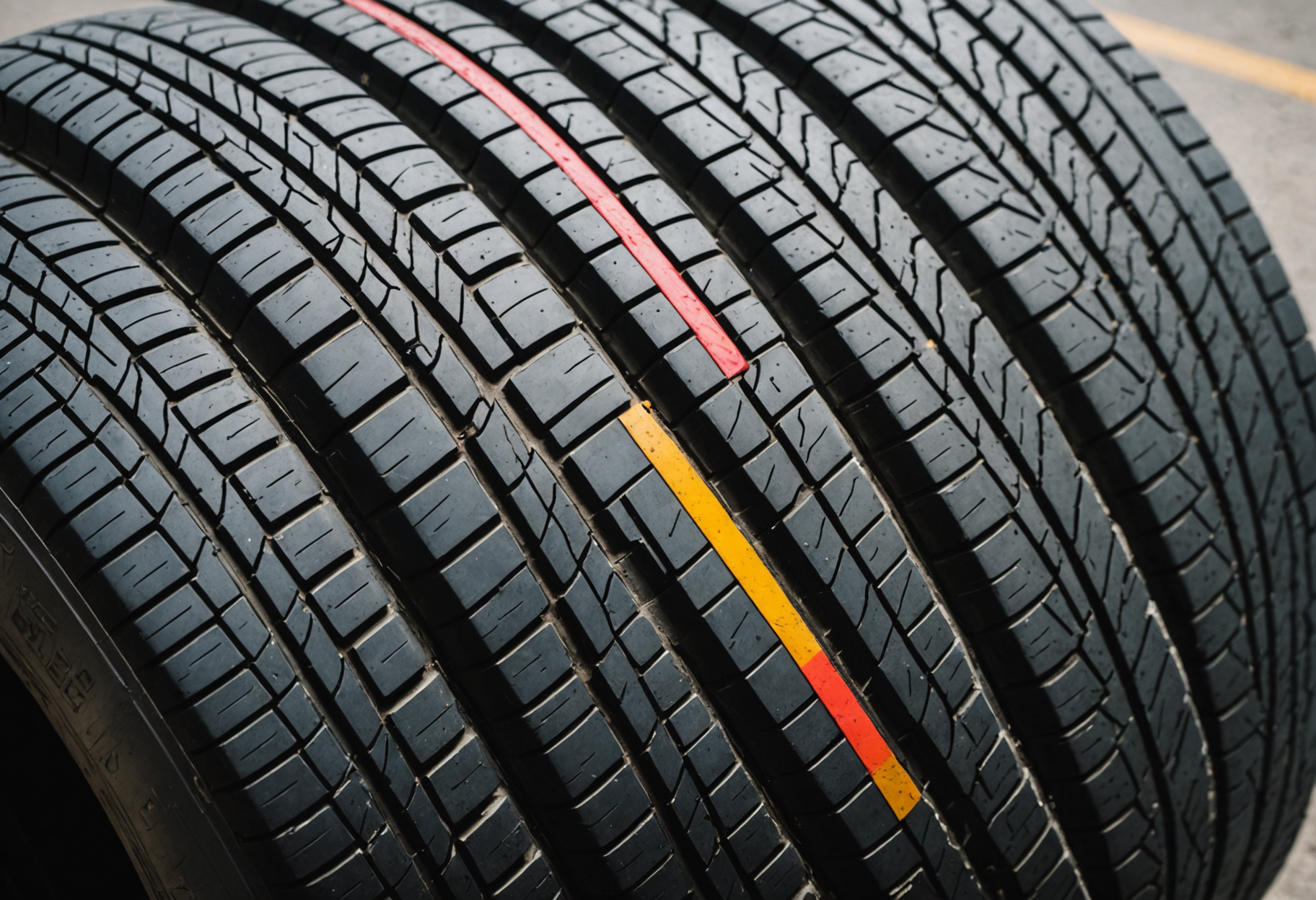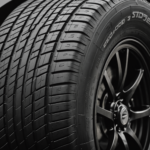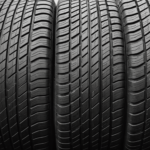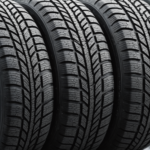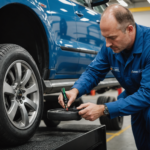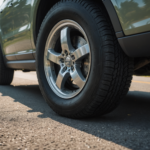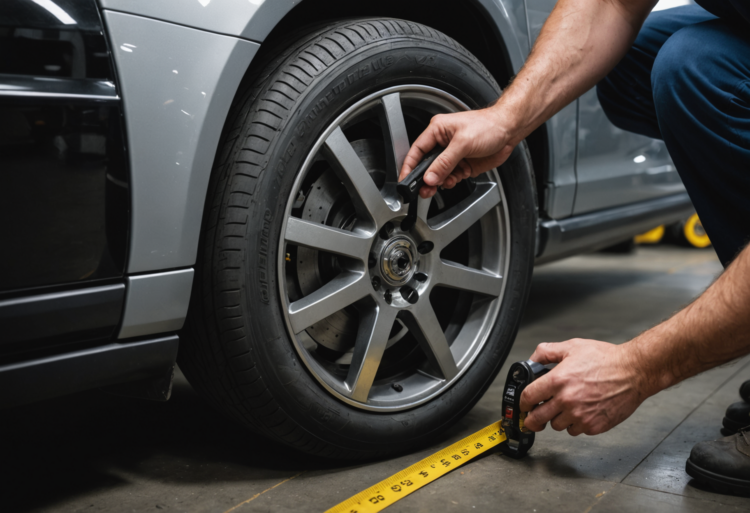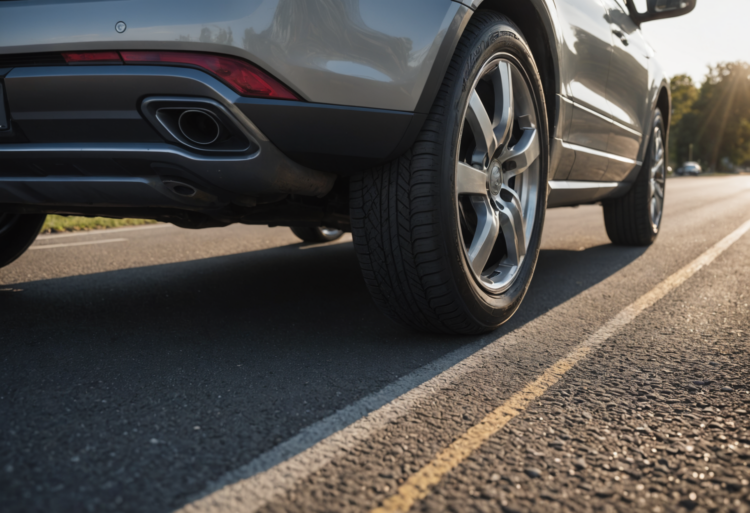In the intricate world of automotive safety and performance, tire maintenance holds paramount significance. Among the various aspects of keeping tires in check, understanding tire wear indicators stands out as a crucial element. This article delves deep into the nature of tire wear indicators, their types, how they function, and their vital role in ensuring safe driving practices.
What are Tire Wear Indicators?
Tire wear indicators, often referred to as tread wear indicators, are features incorporated into tire designs to act as a visual guide for drivers. Specifically, these indicators help assess the remaining tread depth and overall tire condition. Recognizing when a tire reaches its optimum performance threshold is essential, not only for longevity but also for enhanced safety.
The Science Behind Tire Wear
Tire wear is a result of multiple factors, including driving habits, road conditions, and tire maintenance. The tread surface of a tire is designed to provide grip and manage water dispersion. When the tread wears down due to regular use, the tire loses its ability to maintain traction, especially in wet or slippery conditions.
Types of Tire Wear Indicators
- Built-in Tread Wear Bars: Most modern tires come equipped with raised bars that form across the grooves of the tires. These bars become flush with the tire tread when it wears down to a predetermined depth, typically 2/32 of an inch, indicating the need for replacement.
- Color Indicators: Some manufacturers have incorporated color-coded indicators that become visible as the tire wears. When the tread wears down, different colors will show, alerting the driver of the condition.
- Wear Indicator Markings: Certain tire models come with specific markings or numbers inscribed on the tire sidewall. These markings signify the minimum acceptable tread depth and act as a point of reference for maintenance checks.
How to Read Tire Wear Indicators
Understanding how to read tire wear indicators is essential for every vehicle owner. Here are steps to effectively evaluate tire wear:
- Visual Inspection: Regularly inspect the tires for the presence of tread wear indicators. Identify their location, usually in the grooves between the treads.
- Tread Depth Measurement: Use a tread depth gauge to measure the tread. Insert the gauge into the tread grooves at multiple points to ensure consistency in readings.
- Seek Assistance: When in doubt, consult a tire professional who can provide insight into tire condition and longevity.
Importance of Monitoring Tire Wear Indicators
Monitoring tire wear indicators is not merely a suggestion but a necessity for every car owner. The importance of keeping an eye on tire wear can be summarized in several points:
1. Enhanced Safety
A tire’s ability to grip the road significantly diminishes with inadequate tread depth. This diminished grip can lead to longer stopping distances, especially on wet surfaces, and contribute to dangerous hydroplaning situations. Regularly checking tire wear indicators ensures that drivers maintain adequate tread depth, enhancing overall safety on the road.
2. Improved Fuel Efficiency
Tires with insufficient tread or uneven wear can negatively impact fuel efficiency. When the tires are not able to maintain an optimal grip, they create more rolling resistance, necessitating more power from the vehicle’s engine, thus increasing fuel consumption. Keeping tires in good condition through regular checks of wear indicators contributes to better fuel efficiency.
3. Cost Effectiveness
Regularly monitoring tire wear allows for timely replacements and avoids the adverse effects of driving on underperforming tires. This proactive maintenance strategy can save significant costs in the long run, as it prevents potential accidents, tire blowouts, and related vehicle damages.
4. Compliance with Regulations
In some regions, tire tread depth is regulated by law. Failing to comply with these regulations can result in fines and increased liability in accidents. Monitoring tire wear indicators ensures that drivers remain compliant with the law, thereby avoiding legal troubles.
Consequences of Ignoring Tire Wear Indicators
Ignoring tire wear indicators can lead to dire consequences. Below are some of the risks associated with neglecting tire maintenance:
- Increased Accident Risk: Driving on bald or uneven tires significantly increases the chance of losing control, especially in adverse conditions.
- Higher Maintenance Costs: Delayed replacements can lead to accelerated wear on other vehicle components, leading to more expensive repairs.
- Legal Repercussions: Accidents caused due to tire failure can result in liability issues and legal consequences for the driver.
Best Practices for Tire Maintenance
To prolong tire life and ensure safety, adopting a proactive approach to tire maintenance is vital. Here are some best practices:
1. Regular Inspections
Conduct periodic inspections of your tires for any visible signs of wear and tear. Checking for bulges, cracks, or other deformities can prevent issues before they escalate.
2. Maintain Proper Tire Pressure
Under-inflated or over-inflated tires can accelerate wear. Always adhere to the manufacturer’s recommended tire pressure, typically found on a sticker inside the driver’s door or in the owner’s manual.
3. Rotation and Alignment
Regularly rotating the tires and ensuring proper alignment helps achieve even wear across all tires. Refer to the vehicle owner’s manual for suggested intervals for rotation.
4. Drive Responsibly
Adopting smooth driving habits helps reduce unnecessary tire wear. Avoid sudden acceleration, hard braking, and sharp turns whenever possible.
Conclusion
Tire wear indicators serve as a vital sign of tire health and vehicle safety. Understanding these indicators and their importance equips drivers with the knowledge needed to ensure safe driving conditions. Regular monitoring of tire wear not only enhances performance but also translates to financial savings and compliance with regulations. With proper tire maintenance, drivers can enjoy peace of mind while on the road.
Additional Resources
For further reading on tire maintenance and safety practices, consider the following resources:

